How to choose the right shutter speed for sport photography
With the Rio Olympics approaching, we explain how to take control of your camera's shutter speed, for more creative sport and action photographs.
Shutter speed is actually a measure of the length of time that a camera's shutter is open to expose the sensor to light. So when a fast shutter speed such as 1/500sec is set, the shutter is only open for a very short period of time – 1/500sec with our example to be precise. And when a longer shutter speed like 1sec is selected, the shutter is open for longer – 1sec in our example. Simple.
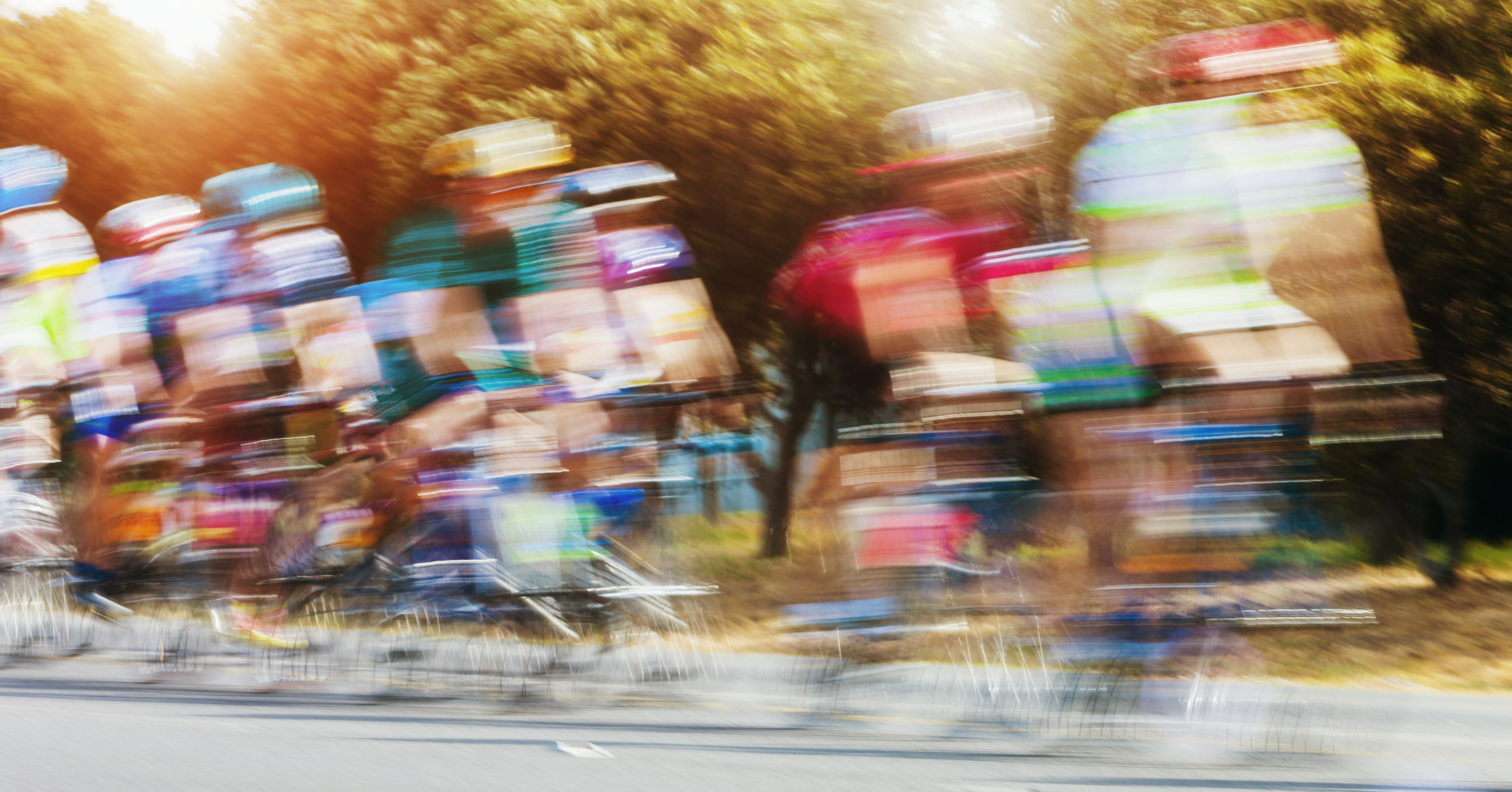
If a subject moves during a long exposure that movement is recorded as blur. The greater the movement during the exposure, the more blurred the subject will be because they're not in the same place long enough to register sharply. In fact if the exposure is really long it's possible that the subject won't be any one place long enough to even register in the image.
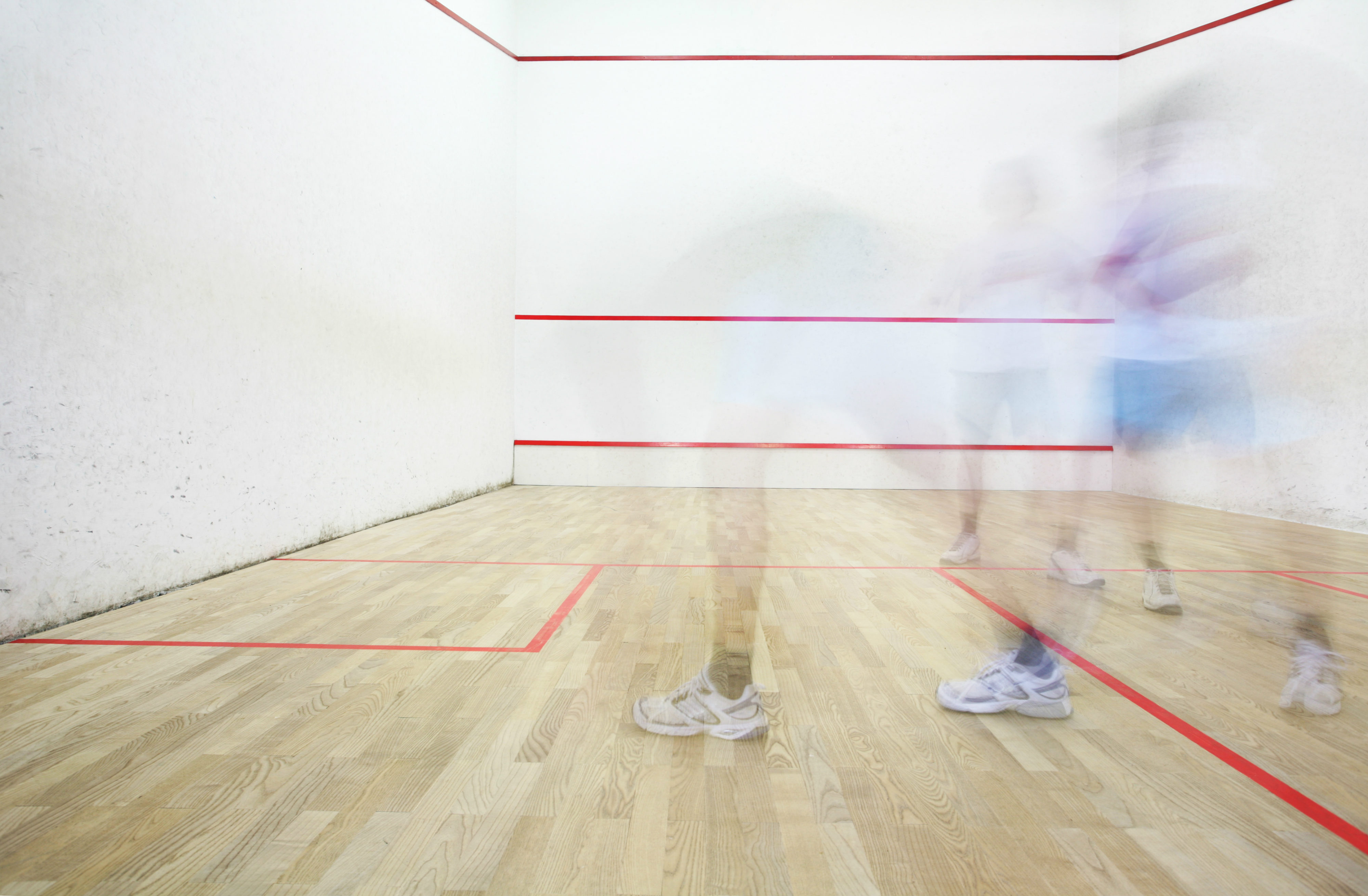
With the shot above, the photographer has used a very long exposure and only the legs of one player and the ghostly image of the other are visible. It conveys a sense of the frenetic movement on the court.
With most forms of photography photographers want to get the subject super-sharp, so they use shutter speeds that are guaranteed to freeze any movement. And that's often the case with sports photography, if the light is good enough photographers may use shutter speeds as high as 1/1000sec or faster the get everything sharp. Even at 1/1000sec, very fast moving objects such as swinging golf clubs maybe be a little blurred.
Right degree of blur
The real trick with sport photography is to find the shutter speed that gives the right degree of blur. If you use a very fast shutter speed when shooting motor racing, for instance, the cars can end up looking stationary. But if the wheels are a little blurred you see them as moving. The right shutter speed depends upon the speed the car is travelling at. In some cases 1/500sec may result in a little blur, but you may need to drop down a little until you find the right balance between sharp and blurred.
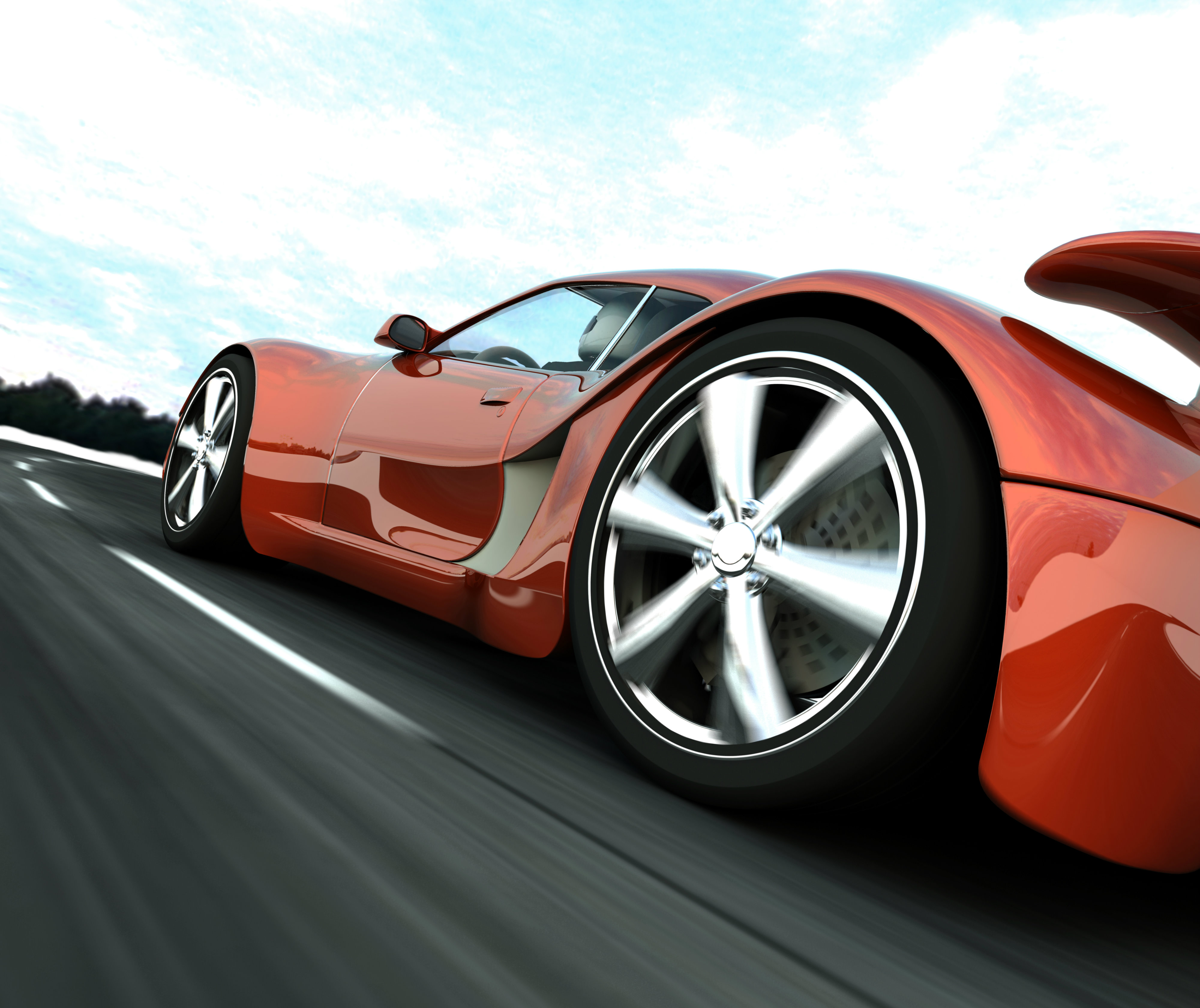
Panning
Another way to create a sense of movement while getting your subject sharp (or sharp enough) is to drop the shutter speed and pan (move) the camera in the direction the subject is going. The idea is to move the camera at the same pace as your subject so that it isn't moving relative to the camera's sensor and it's recorded nice and sharp. However, because the background now appears to be moving, it is blurred.
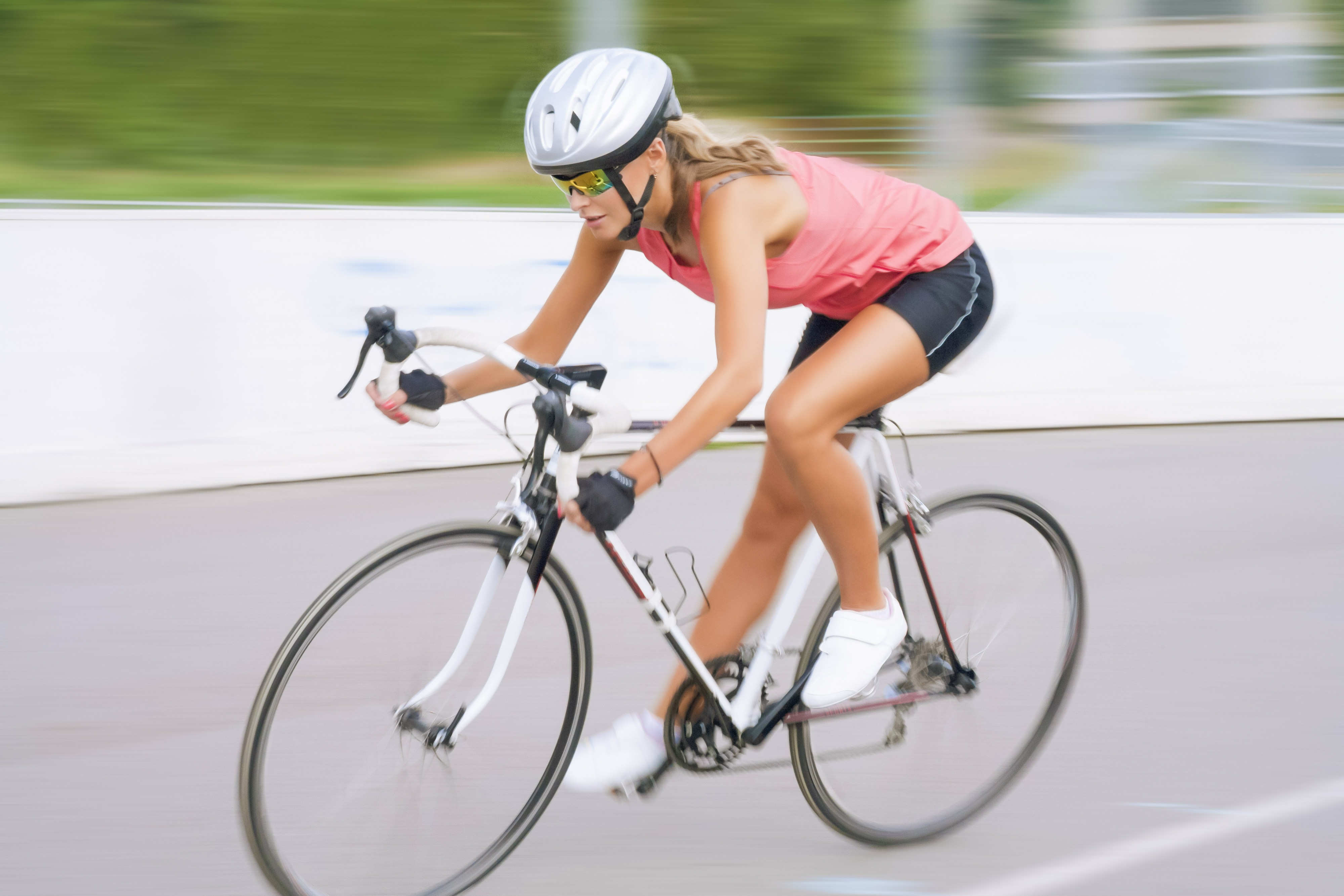
Because you need to move the camera at different speeds depending upon the subject you're shooting, there's some trial and error involved. The shutter speed that you need to use also varies, but 1/60sec often makes a good starting point. If there's too much blur, increase the shutter speed and if there's not enough drop down a bit.
Get the Creative Bloq Newsletter
Daily design news, reviews, how-tos and more, as picked by the editors.
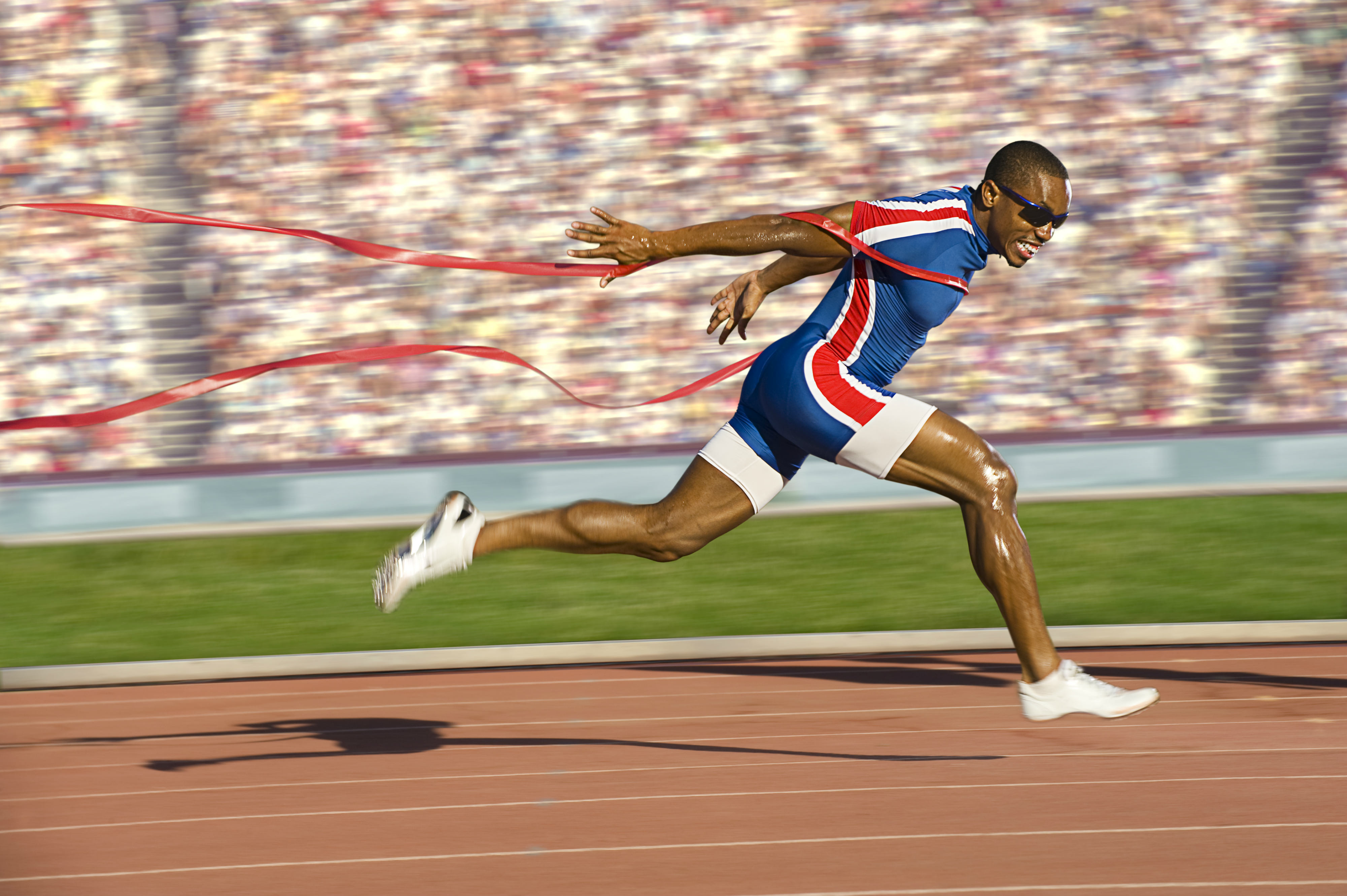

Thank you for reading 5 articles this month* Join now for unlimited access
Enjoy your first month for just £1 / $1 / €1
*Read 5 free articles per month without a subscription

Join now for unlimited access
Try first month for just £1 / $1 / €1
Angela Nicholson has been head of testing for various photography magazines and now works as a freelance reviewer, writer and photographer. You can find her @AngeNicholson on Twitter.
